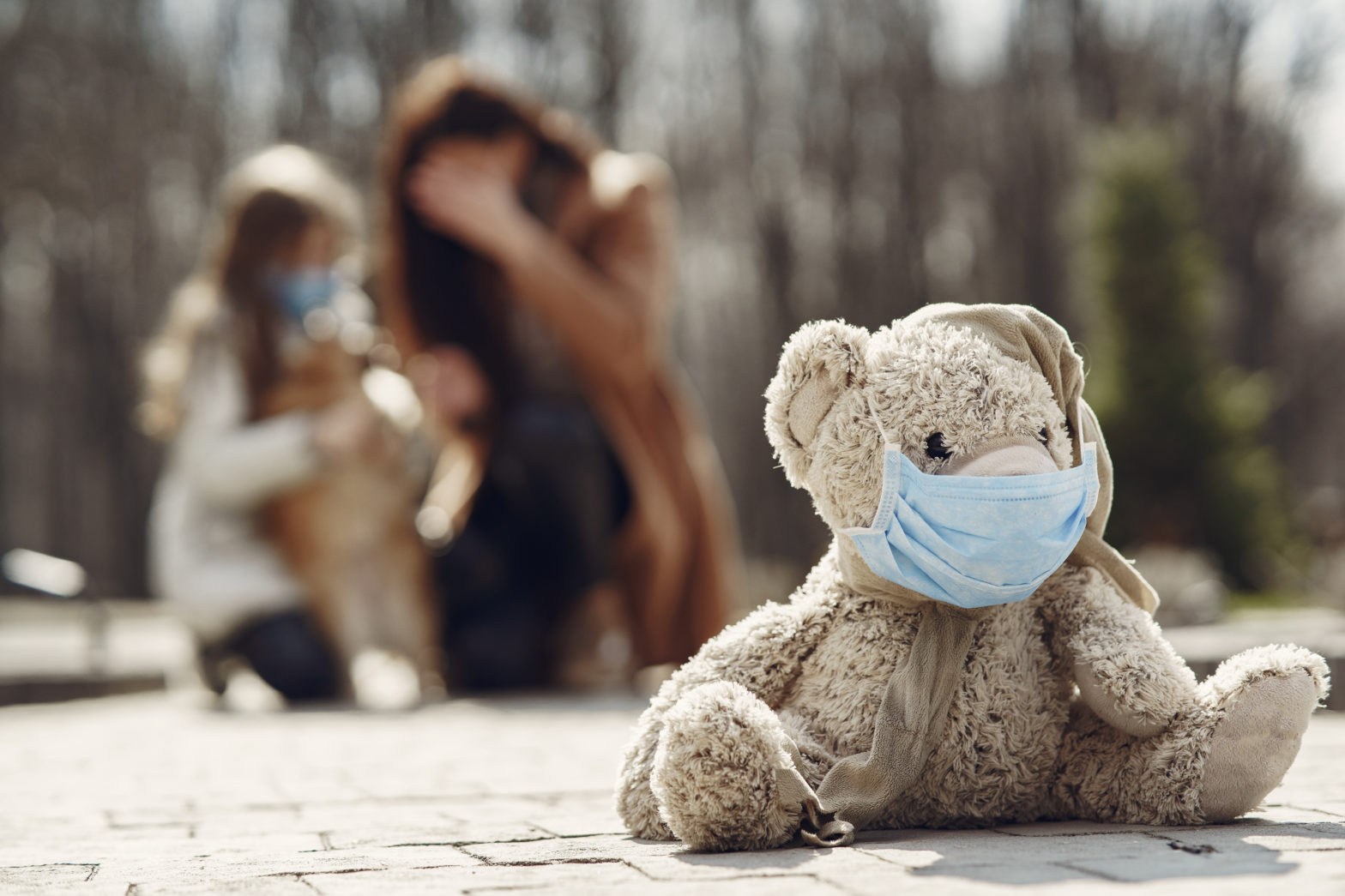Ads are often aspirational. So it’s no wonder the pandemic has all but disappeared from them this year.
Long gone are ads encouraging social distancing from major brands like Coca-Cola and McDonald’s. Few are the spots featuring people masked up inside crowded indoor spaces. And almost entirely absent are references to making the most of staying home.
As television shows like And Just Like That… and Grey’s Anatomy move past the pandemic in their plot lines, so too has advertising. After a holiday season where some brands alluded to Covid in their ads, many agencies and their clients are no longer showing pandemic life, instead illustrating a more optimistic, post-pandemic world.
“In the production part, everyone is wearing a mask all the time, no one touches anyone, and you leave the two meters of distance [from one another]—the protocol is super strict,” Saulo Rocha, executive creative director and head of art at David Madrid, told Marketing Brew. “But what’s being shot, what’s on camera, is actually [the] reality that you kind of fantasize about.”
Wishful thinking
Pandemic-free advertising stands in stark contrast to the flurry of ads released in 2020, when major brands including Audi, Coca-Cola, McDonald’s, and Volkswagen altered their logos to encourage social distancing, and when ads from brands like Google and Uber honored health care workers and other frontline workers who couldn’t stay home.
Those ads were borne out of a feeling of obligation among creatives and brands to educate the public and reflect the realities of the experience, explained Mark Koelfgen, the executive creative director and copywriter at David&Goliath.
“You feel a sense of responsibility, in a sense, to not hide things,” said Koelfgen, who, as creative co-lead for Kia, oversaw a documentary-style stunt-driver shoot in mid-2020 that showed crew members wearing masks and remaining socially distant on set.
Nearly two years later, many marketers feel their responsibility to emphasize safety is over.
“At this point, people have all the information, and they’ve made [the decisions] they’re going to make, and those attitudes and those beliefs have calcified a little,” Koelfgen told Marketing Brew. “There’s not much that we feel we ought to do now at this point.”
Since advertising is often seen as a “window to the world,” said Rocha, who has recently overseen shoots for brands like Coca-Cola and the electric-vehicle charger Wallbox, marketers felt compelled to depict appropriate behavior. That feeling has steadily waned, as have depictions of people wearing masks in ads.
“We’re getting to a point where people understand that if they don’t see people wearing a mask in an enclosed space in an advertisement, that doesn’t mean they can just go out there, not wearing a mask and be irresponsible,” Rocha said.
Dodging division
Reminding people of the realities of the pandemic poses another risk: Potentially alienating some consumers. Some markers of the pandemic, including masks and vaccines, have become increasingly divisive for some Americans, especially amid the proliferation of Covid disinformation.
“You’ve got masked, no mask, you’ve got left, right, blue, red,” Rob Lenois, chief creative officer of VaynerMedia, told Marketing Brew. “We’ve never been more fractured.”
That means some marketers might be wary of messages that they may have previously felt benign. “If you do it wrong, you could lose half your audience,” Lenois said, of high-impact moments like the Super Bowl.
Even consumers who aren’t vocal opponents of masks, vaccines, or Covid restrictions may feel turned off by references to the pandemic, said Frauke Tiemann, an executive creative director and art director at David&Goliath, who also serves as creative co-lead for Kia.
“They know it from their everyday lives, and they really don’t want to be reminded of it,” Tiemann said.
Subtle choices
Creatives are, however, placing some limits on the kinds of dreamy post-pandemic alternate realities they show in ads. Part of that calculus is a logistical one: Covid protocols are still very much a concern on shoots, marketers said, which can place natural constraints on the scale of unmasked gatherings being depicted.
But there’s also an acknowledgement that, for some people, large unmasked gatherings could set off alarm bells—something marketers aren’t too keen to engage with. “When you see, on occasion, a portrayal of something like an indoor concert [where] no one’s wearing masks—I still do get a little tense in my chest where I’m like, ‘Oh, they shouldn’t be doing that,’” Koelfgen said.
Covid cases continue to fall around the country and restrictions are easing, with the CDC issuing new guidelines last week suggesting that 70% of Americans can stop wearing masks and no longer need to socially distance. There’s a sense that ads this year will look more like pre-pandemic ads every day.
“Now that everything is loosening up, I think the creative will loosen up again, too,” Tiemann said.
Source: morningbrew.com

